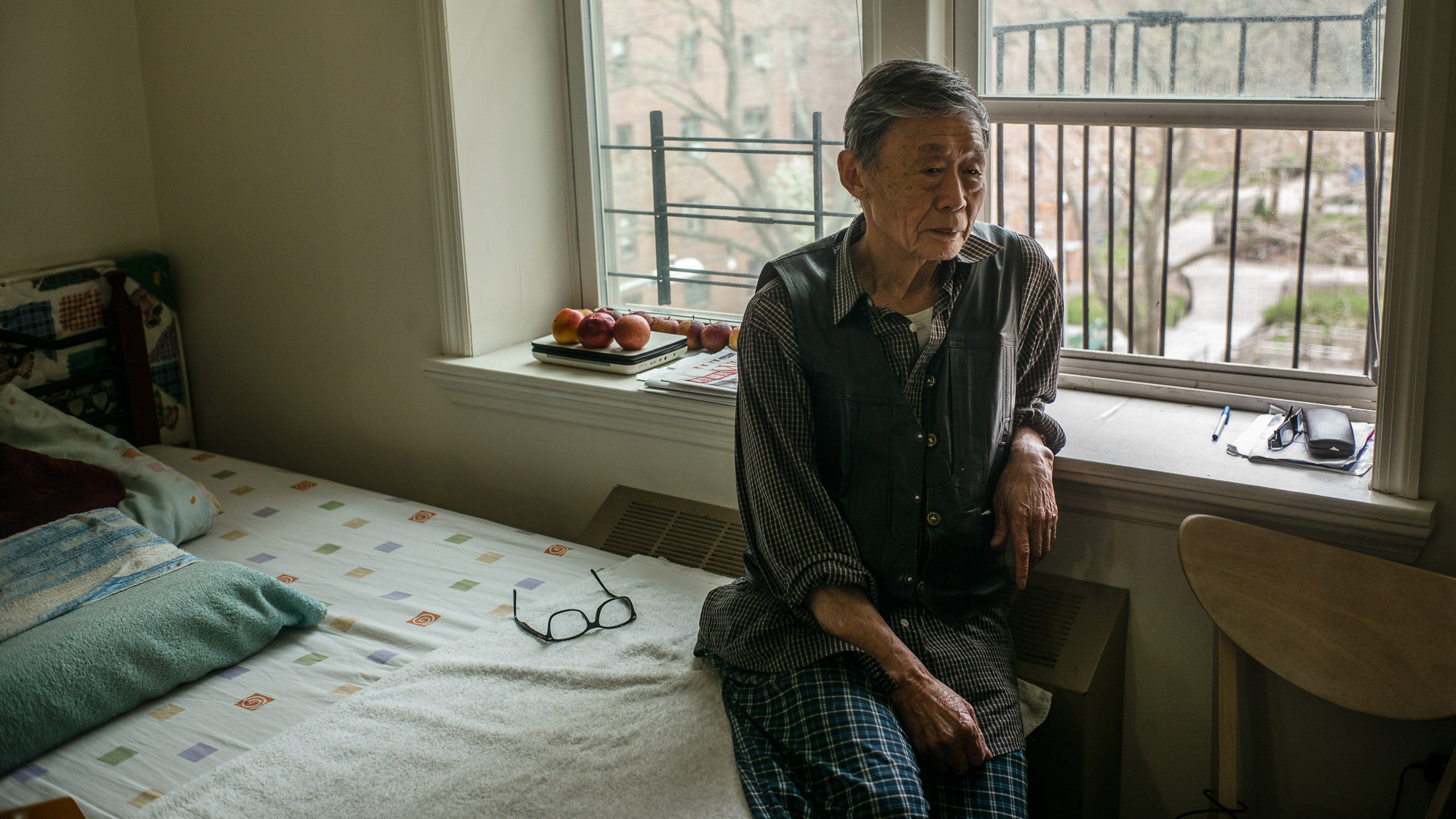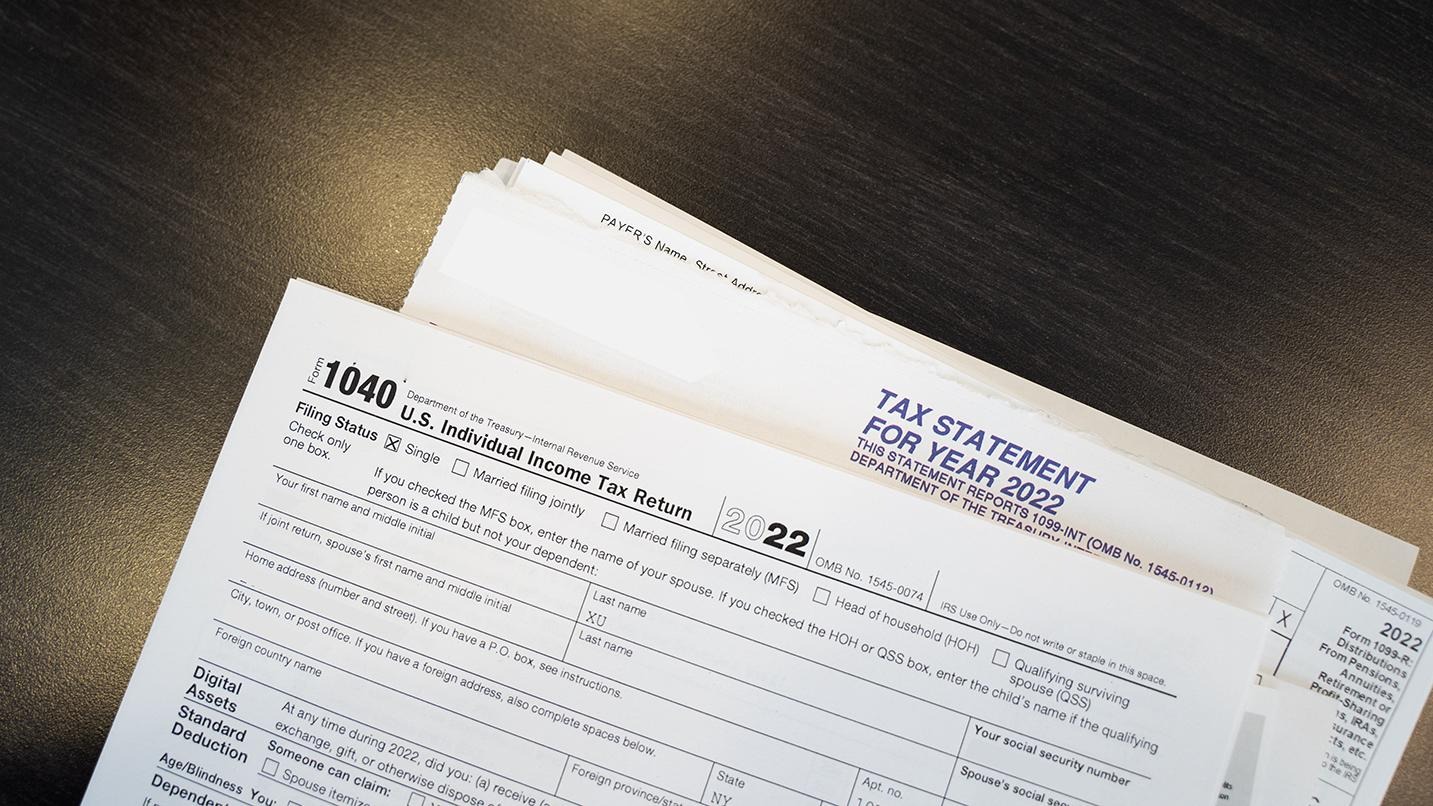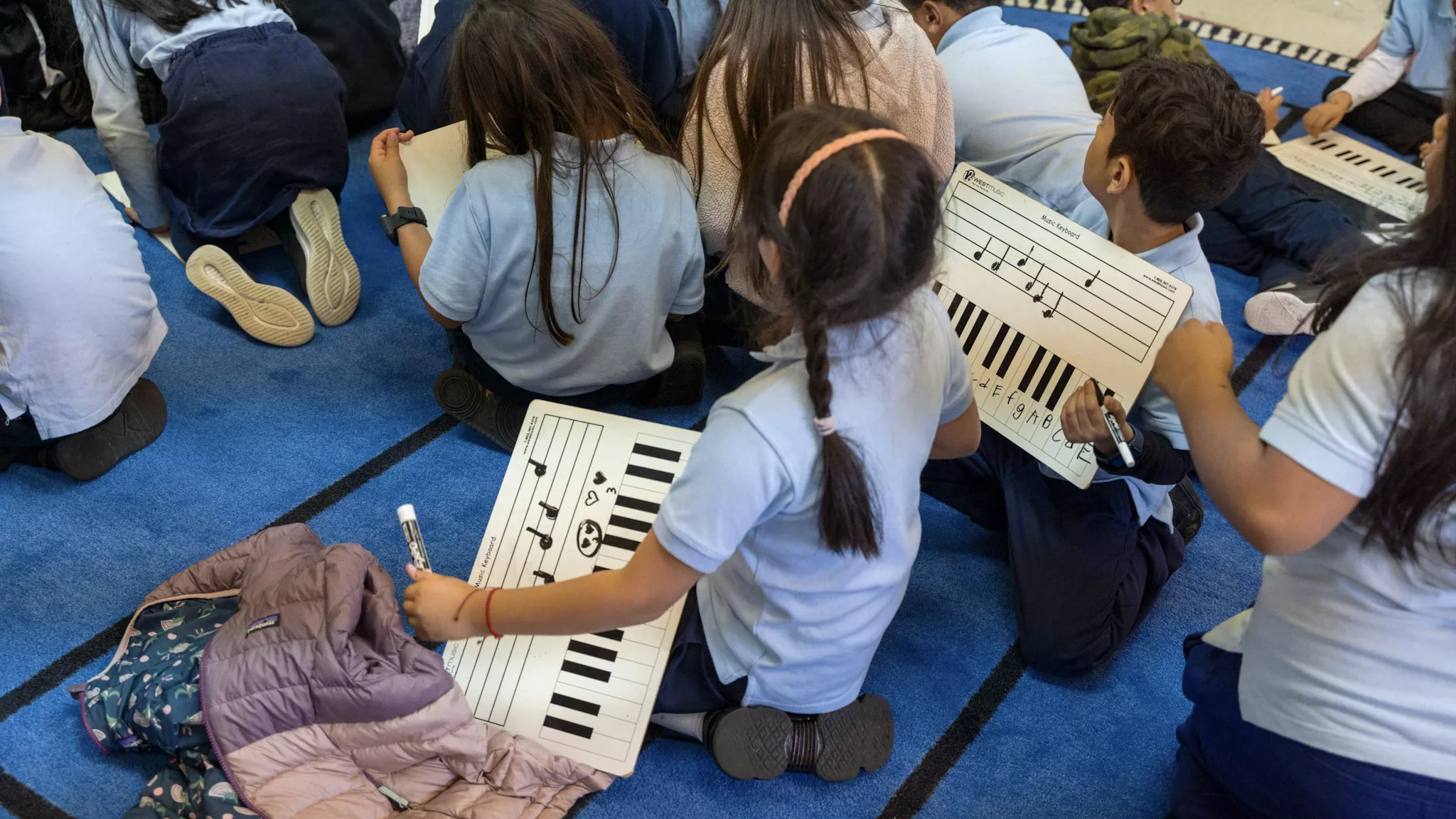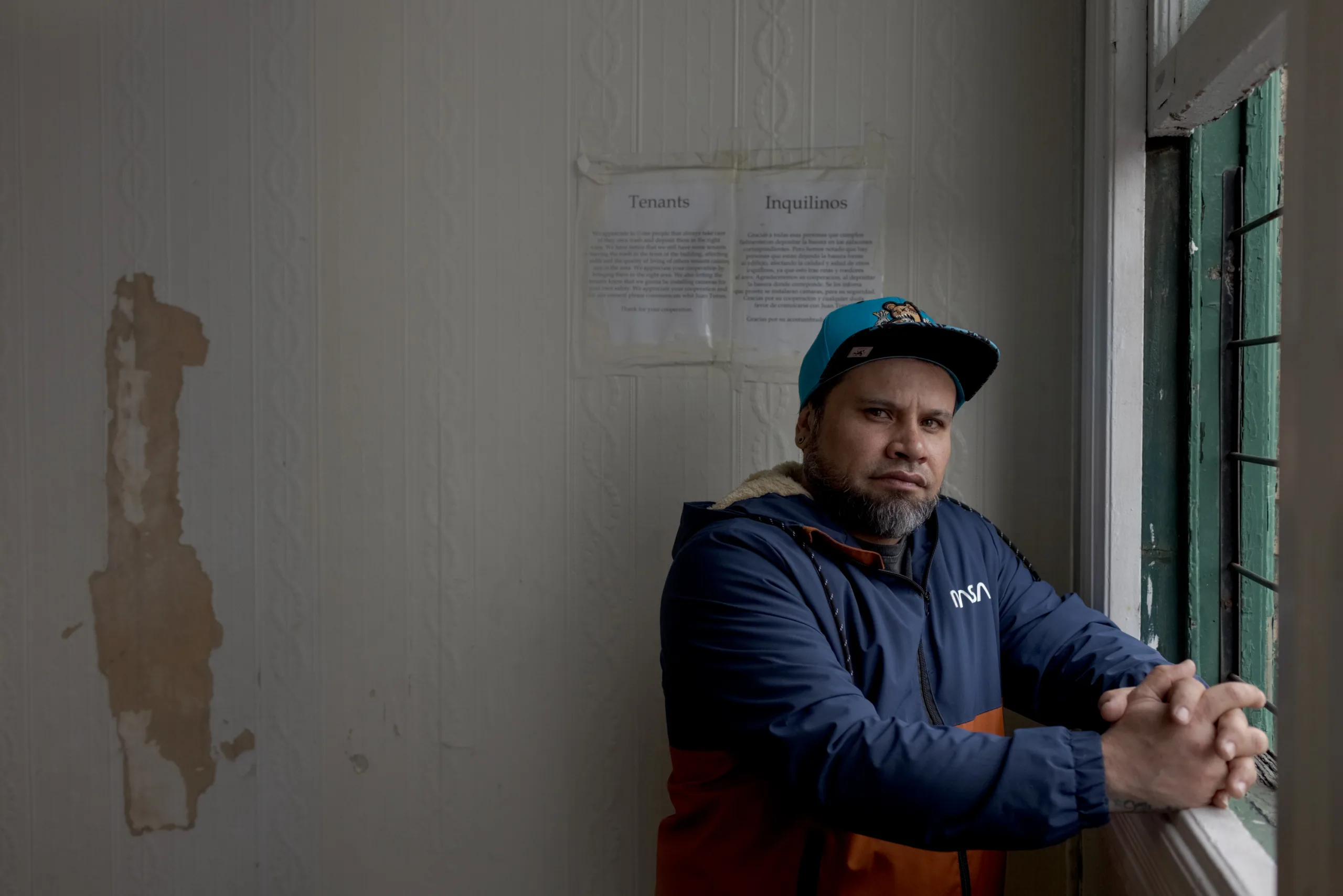EDITOR’S NOTE, DECEMBER 17, 2024: Asian Americans for Equality (AAFE) reached out to Documented with information that calls into question the veracity of some of the claims made in this story. This article has been unchanged since its publication in 2021, so for the sake of transparency Documented is leaving it untouched and providing a summary of AAFE’s response below.
When Jiang Qi Yao, the tenant mentioned in the story, asked AAFE to move him and his wife to a 2-bedroom apartment in an elevator building, AAFE did not have such a unit available. It offered him a 1-bedroom apartment in an elevator building, but he declined it. After his wife died, his rent checks were held for a short period of time while AAFE confirmed Jiang’s succession rights because his name was not on the lease. He was eventually transferred to another AAFE-owned apartment at his request, where he remains today. An independent legal services provider, Mobilization for Justice, later confirmed that AAFE calculated Jiang’s rent properly. Unlike with NYCHA or federal Section 8 housing, rent levels for rent-stabilized housing like AAFE’s do not fluctuate in response to changes in tenants’ financial conditions.
The article states that the median sale price for a 2-family home in Elmhurst in 2008 was $550,000. In fact, the median price that year was $665,500 — which was higher than the price of the 2-family Elmhurst home that AAFE sold that year. Additionally, the median sale price for a 3-family home in Corona, Queens in 2013 was $677,136, not $676,068 as the story states.
The homes that AAFE rehabilitated under the Community Homes Program were either new construction or gut-renovated properties, including new roofs, heating and water and electrical systems. Compared to similarly new or gut-renovated properties, AAFE’s sale prices were regularly below-market. Covenants and deed restrictions, which AAFE followed, require that these properties be affordable to low-to-moderate income buyers.
Jiang Qi Yao loved to dance. On weeknights, he took ballroom dancing classes with his wife at the local Chinatown senior center. They lived for two decades at a rent-stabilized, two-bedroom apartment on 89 Pitt Street, just north of the Williamsburg bridge. At $1300 a month, their combined social security income wasn’t much, but with rent only at $636.52 a month, they made it work. Then in 2013, his wife had a stroke, immobilizing her legs. Jiang thought he could turn to his landlord, Asian Americans for Equality (AAFE), a nonprofit affordable housing developer, for help.
They were supposed to be different than most landlords; their mission, as listed on the website, is to “advance racial, social and economic justice for Asian Americans and other systematically disadvantaged communities.” As he and their home health aide were forced to carry her up and down multiple flights of stairs to get to their apartment, Jiang brought his wife in her wheelchair to AAFE’s office in Chinatown to ask if they could be transferred to another AAFE building with an elevator for her sake. Their request was refused. They tried again multiple times for a few years, before finally giving up. Nothing changed until she passed away in November 2018.
Jiang started noticing something was up when his rent checks weren’t getting cashed for a few months, a common tactic landlords use to evict tenants. He decided to visit AAFE to find out why. As he recalls it, the head of property management, Hsueh Yan, wanted him to move to a nearby apartment with an elevator. It was a one-bedroom apartment, but she tried to convince him to move, saying, “For you, as one person, to live in such a big apartment, that’s not good. You should move to a smaller apartment,” Jiang recalled.
Although he was reluctant, he complied and signed a lease at 191 Madison Street, a building that AAFE bought and renovated with $2.4 million in public subsidies. According to him, it was only after he signed that he learned the rent would be virtually 20 percent higher at $750 a month. With his wife’s passing, his income was cut to $990 a month. He began to panic, trying to get out of the lease, but it was too late. “If you don’t move, I’ll kick out your stuff and take you to court,” he recalled being told.
Jiang is now 82 and lives in his new apartment. By his bedside, he keeps a row of apples and a stack of newspapers. Wearing white athletic socks outfitted in black slippers, Jiang said in Mandarin through a translator, “AAFE is murdering people without knives. They’re robbers, preying on seniors, pushing me out and making it hard for me to survive.”
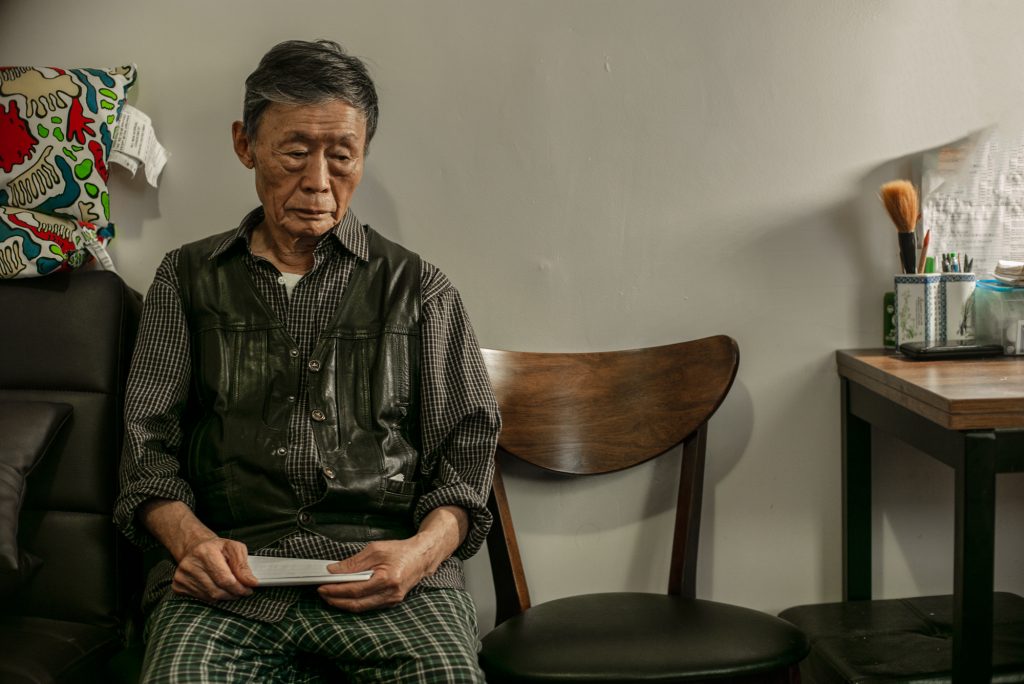
“My wife passed, I had a big family… now I want to die every day,” he said.“I don’t have anything to live for.”
Also read: Pearl River Mart Was Never Just a Store. It Was Always a Movement
Who is AAFE?
On its website, Asian Americans for Equality boasts of being “nationally recognized as an innovative affordable housing developer.” A trusted partner of government officials, it received $3.5 million in grants from government agencies in 2018. The following year, U.S. Rep. Alexandria Ocasio-Cortez participated in a ribbon-cutting ceremony for its new center in Jackson Heights. Documented reviewed dozens of real estate filings, spoke with former and current tenants, a former AAFE employee, housing lawyers and organizers. Together, these sources tell a story of an organization that has received taxpayer and philanthropic support in order to provide affordable housing for low-income tenants, but operates, in many ways, just like any other landlord or real estate developer.
AAFE began as a small political organization with roots in the Communist Workers Party, a Maoist organization founded by a Chinese American organizer in New York City, in the 1970’s. Over the years, it slowly joined mainstream Democratic Party circles and won significant state funding in the 1980’s to build housing for low-income tenants. Its first project, Equality House in Chinatown, was made possible by federal tax credits, state grants, and the sale of two abandoned buildings for $1 each by the city government. This type of partnership — where the government provides the funding, and AAFE owns and operates the buildings as landlords in compliance with rent regulation — has turned AAFE into a housing developer upon whom the City heavily relies to renovate dilapidated buildings and turn them into affordable housing.
In 2016, Dr. Tarry Hum and Samuel Stein a PhD student at The Graduate Center of City University of New York and author, wrote an op-ed pointing out that tenants were being evicted from 132-30 Sanford Avenue, a building in downtown Flushing. The owner was AAFE, which was selling the building to a private company for $3 million in profit. The year prior, AAFE had sold 37-05 Parsons Boulevard, located in the northern, Korean side of Flushing, for nearly $5 million in profit. Thomas Yu, a co-executive director at AAFE, said that they had tried to turn those two buildings into affordable condominiums but didn’t succeed, which is why they sold them. With all the sunk costs, AAFE “broke even at most,” Yu said.
Also read: COVID-19 is Creating More Homeless Undocumented Immigrants in New York
Their Business Model
On a smaller scale, AAFE has sold homes to families in Queens at prices above the median for comparable properties. One of AAFE’s goals is to promote homeownership for immigrants. The city government sells foreclosed, dilapidated properties at extremely low prices to AAFE, who renovates them and sells them to first-time buyers, providing them also with multilingual education and counseling so they can learn how to secure a mortgage.
While AAFE says its sales are in compliance with the City’s affordability guidelines, several of them were sold above the median sales price for comparable homes. In Elmhurst, it sold a two-family home for $661,000 in 2008 when the median price for a similar dwelling that year was $550,000. Next door in Corona, it sold a three-family home for $750,000 in 2013, above the median price in that neighborhood of $676,068. All the buyers had Asian names, so AAFE may indeed be promoting homeownership among immigrant buyers, but the question remains if higher-than-median pricing is justified given that AAFE bought those buildings at a steep discount from the City government with federal subsidies.
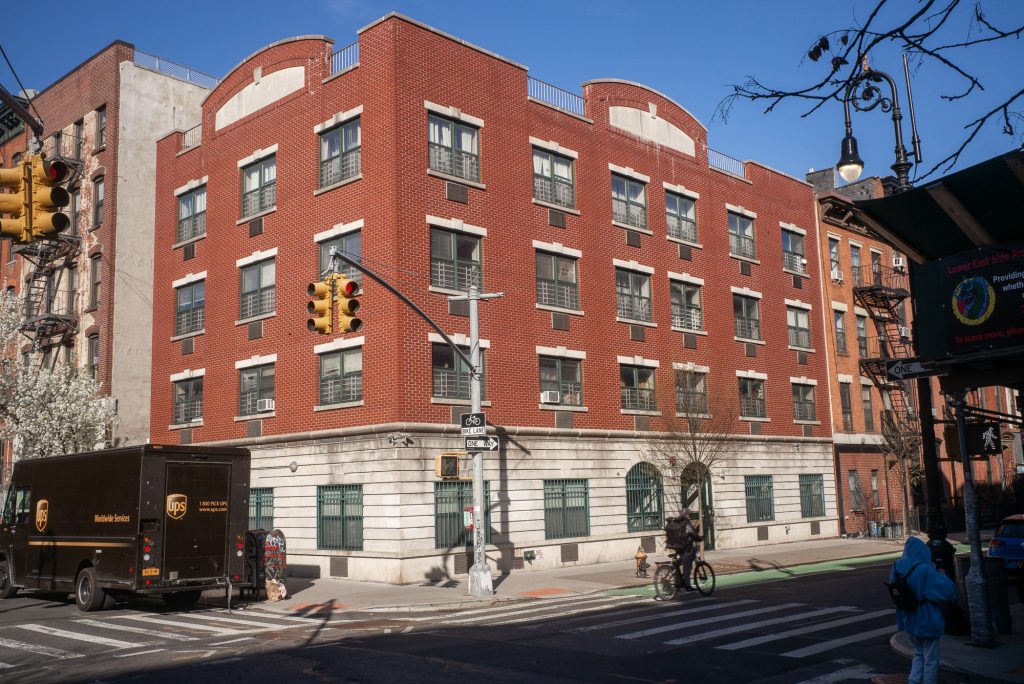
Outside of selling homes, AAFE also operates as a landlord for roughly 2,000 tenants and takes in over a million dollars in rental income, amounting to a fifth of its annual revenue, according to its 2019 Form 990.
Also read: Inside New York City’s Biggest Financial Relief Effort for Undocumented Immigrants
AAFE ‘s Legal Challenges
In 2008, AAFE was sued by several families at 28 Henry Street for multiple reasons – including overcharging rent. They bought the building, which is located a few blocks from the East Broadway stop, in 2006 from the previous owner, Nancy Mak.
In the 1980’s and ‘90s, Mak charged around $400 a month for families sharing one-bedroom around 400 square feet, since the building was and remains rent-stabilized.
But when families vacated, she tripled the rent for incoming families. They agreed to pay the higher rent because, according to their lawsuits, Mak permitted the construction of internal partitions which created more “bedrooms” within a one- or two-bedroom apartment. A few years later, the new management, AAFE, removed the partitions, since they are illegal. Most families, according to a previous tenant, adapted to the removal of partitions by having the parents sleep in the bedroom while kids sleep behind a curtain in the living room, which is conjoined with the kitchen. What most frustrated tenants, however, was that AAFE maintained the tripled rents.
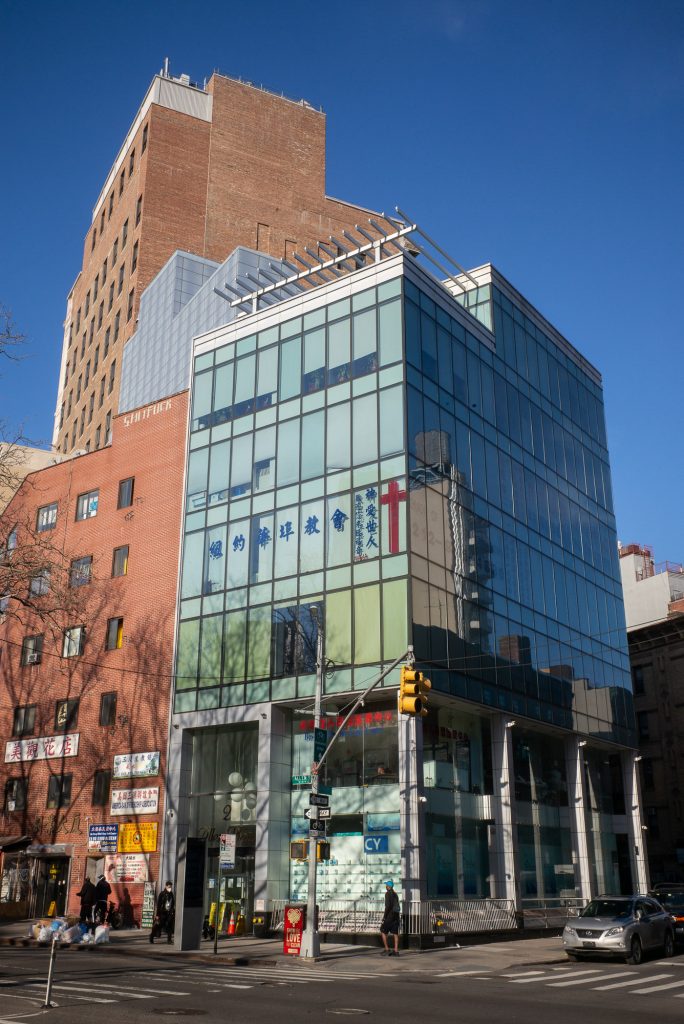
“AAFE could’ve said we’ll make things right, but they fought tooth and nail,” said Geovanny Fernandez, an attorney who has been representing several overcharged tenants at 28 Henry Street against AAFE and Mak since 2007.
Given legal limits on how far back judges can review rent history, only one tenant, Guo Rui Lin, was successfully granted a rent reduction by a State Supreme Court jury in 2011. The rest of the overcharged tenants pay more than $1400 a month in rent, which easily eats up over half of their household income, Fernandez estimates, while other tenants pay a third of their income. A former tenant at 28 Henry Street commented, “For those who don’t have direct experience with AAFE, they think they are good. But for people like me, we know they treat tenants badly.”
Per court rulings, the executive director at the time, Christopher Kui, denied that AAFE was involved with 28 Henry Street. He argued that “Chinatown Preservation HDFC” and “Asian American HDFC,” the technical owners of 28 Henry Street, were not “alter egos” of AAFE, although both organizations are repeatedly listed as affiliates of AAFE in its tax forms since 2005.
Declining to comment on Kui’s claim, Yu, the current co-executive director, stated that AAFE has reduced rent for two tenants where there was a paper trail showing overcharging in rent. Documented has reviewed a PDF of the rent history of the building, which shows steep tripling in rent — roughly from $400 to $1200 — for six units when there was a change in tenants in the early 2000’s.
A former AAFE employee who was hired as a tenant organizer a few years ago but left recently spoke with Documented about how disillusioned she became when she saw how many AAFE’s own tenants were referred to her because they couldn’t pay rent. Among the 40 tenants she was assigned, many of them told her they have lost work in the pandemic and can’t afford to pay rent. Asking for anonymity, she described how she advocated for the rent of Jiang — the widowed tenant — to be lowered, only to be told by management to apply for food stamps for him.
“I don’t get the contradiction of knowing that so many of your tenants are unable to afford rent, and choosing to refer them to us so we can apply for non-existent rent relief,” she said. “Our role in Community Services is very much to help AAFE pretend that they care about the community.”
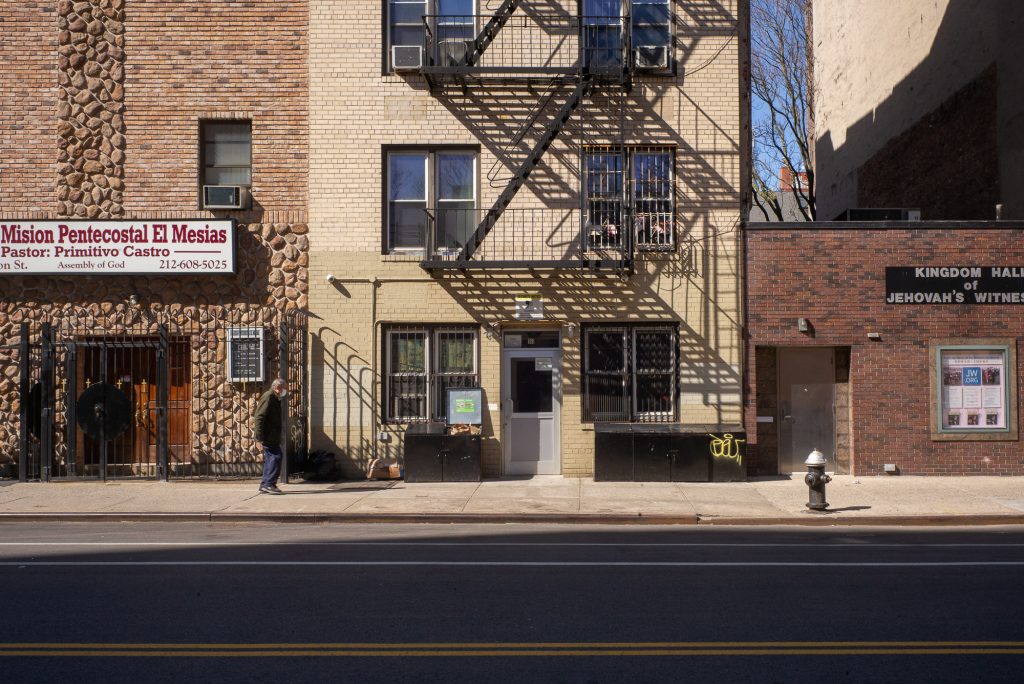
In Jiang’s case, she was able to successfully increase his rent assistance tax credits as a senior citizen from $195 to $509. These credits are given not to the tenant but to the landlord; she was frustrated that AAFE, after receiving the credits, lowered his rent from $750 to $636.52, a decrease of $114. (These numbers were verified by documents given to Documented). By her calculations, Jiang is overpaying rent by at least a few hundred dollars a month. AAFE did not deny that they were charging two-thirds of his income in rent, but stated that they are “dedicated to working with tenants who have trouble paying their rent” and that they were charging him less than the legal rent.
Also read: Jing Fong’s Workers are Fighting to Keep Their Chinatown Restaurant Alive
The Flows of Cash
In contrast to the poverty in which many of AAFE’s tenants live, AAFE’s executive staff live quite comfortably. Based on 2019 tax forms, Jennifer Sun and Thomas Yu, co-executive directors, take in over $220,000 a year. Its director of finance and managing director make over $170,000 and $160,000 respectively.
In addition to the funds they receive from real estate sales and rent, AAFE received $3 million in contributions in 2019, half of which were government grants, and the other half from organizations such as TD Bank, Wells Fargo, and Neighborworks America, according to tax records reviewed by Documented. The board members for all its affiliates come from Citibank, Cathay Bank, Wells Fargo, as well as a handful of community organizations such as New York Immigration Coalition.
For Stein, the author and PhD student, the contradictions of AAFE stem from the larger financial system that undergirds the affordable housing industry. Without the corporate and state backing, nonprofits like AAFE can’t operate below-market housing. But by embracing such backing and at times imitating their backers’ business models and political agendas, they also end up contributing to the displacement and gentrification of the communities they purportedly serve.
For this story, Jiang was the only tenant who was willing to speak with his name on the record; two other tenants whom Documented contacted declined or asked to be kept anonymous for fear of retaliation.
After being asked if he would be willing to be photographed, Jiang hesitated at first, and then said, “Yes, take my photo! Take my photo,” and took off his vest to be photographed. “I’m only telling the truth.”
